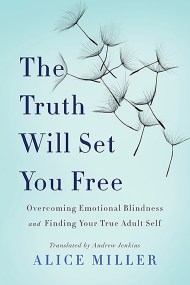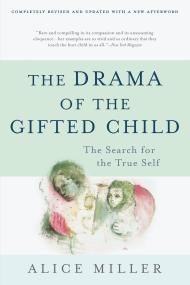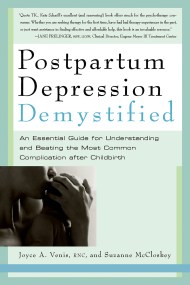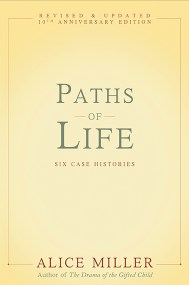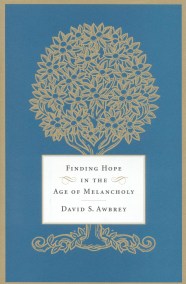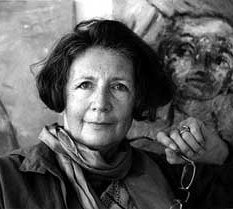Promotion
Use code BEST25 for 25% off storewide. Make sure to order by 11:59am, 12/12 for holiday delivery!
By clicking “Accept,” you agree to the use of cookies and similar technologies on your device as set forth in our Cookie Policy and our Privacy Policy. Please note that certain cookies are essential for this website to function properly and do not require user consent to be deployed.
Breaking Down the Wall of Silence
The Liberating Experience of Facing Painful Truth
Contributors
By Alice Miller
Formats and Prices
- On Sale
- Dec 9, 2008
- Page Count
- 186 pages
- Publisher
- Basic Books
- ISBN-13
- 9780465015047
Price
$19.99Price
$25.99 CADFormat
Format:
Trade Paperback $19.99 $25.99 CADThis item is a preorder. Your payment method will be charged immediately, and the product is expected to ship on or around December 9, 2008. This date is subject to change due to shipping delays beyond our control.
Buy from Other Retailers:
-
Feminist Review
“This is a beautiful, fierce, necessary book written by an emotionally intelligent lioness who continues her efforts to break through the wall—one brick, one book— at a time. I highly recommend it.”
Chicago Tribune
“Makes many provocative and persuasive points about the long-term effects of child abuse, the interdependence between society and child-rearing and, finally, the individual's need to confront memories, however painful.”
San Francisco Chronicle
“The applicability of Miller's concepts—especially during these divisive times—is what makes her message so cogent for American audiences.”
Moving Worlds
“A penetrating look at how to break the cycle of child abuse in today's world.”
New Age Journal
“Miller charts valuable territory.”
South Bend Tribune
“What Miller has to say is enlightening…This is not a book that can be read through once and put aside. The reader can return again and again as new truth is recognized.”
Science News
“A moving argument for awareness and condemnation of child abuse."
Newsletter Signup
By clicking ‘Sign Up,’ I acknowledge that I have read and agree to Hachette Book Group’s Privacy Policy and Terms of Use


